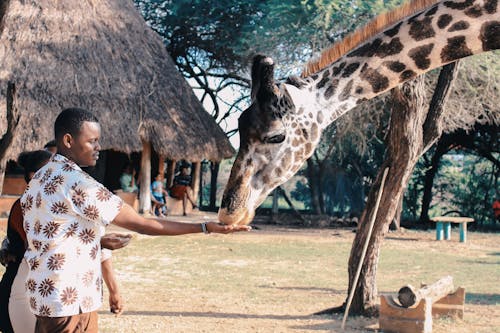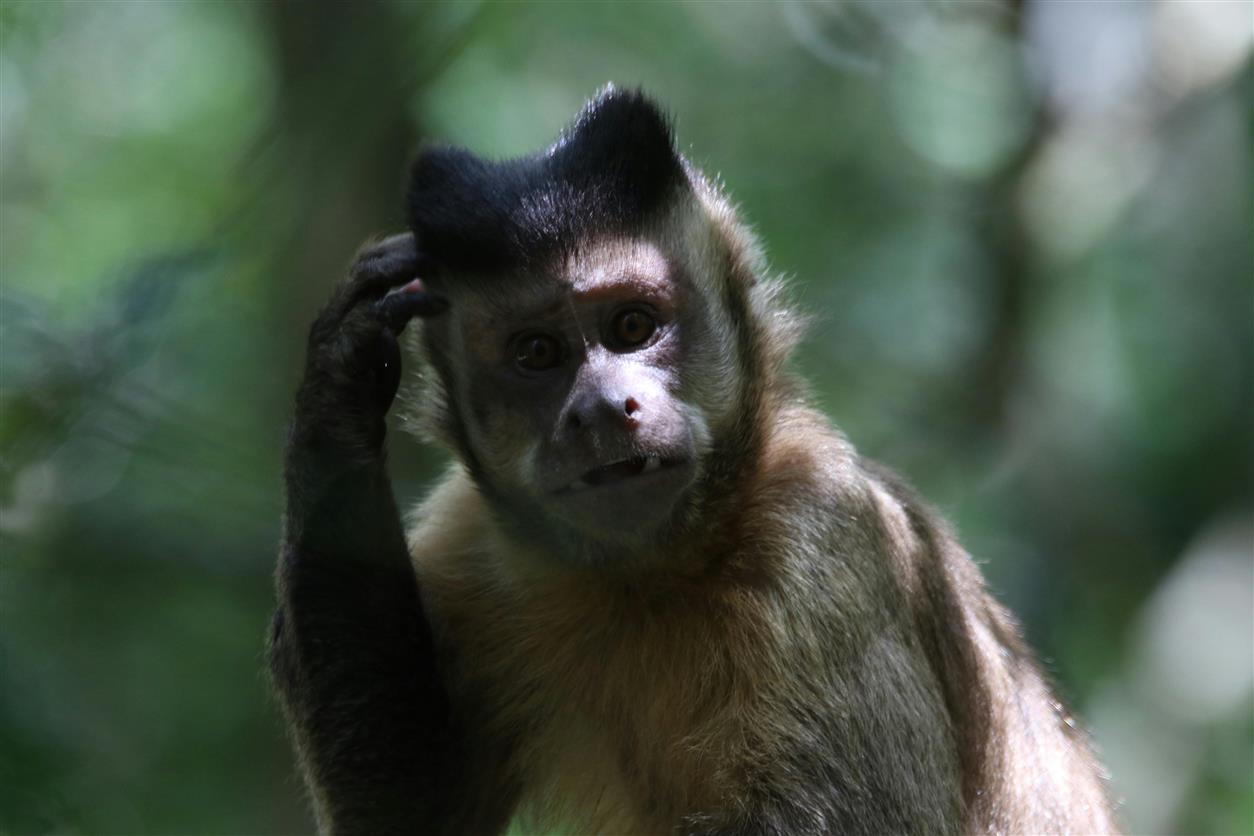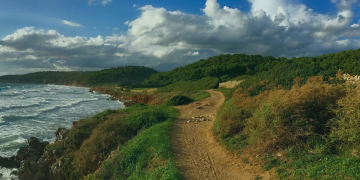
Introduction
For many travelers, the allure of wildlife is an irresistible draw—a chance to witness animals in their natural habitats, experience the raw beauty of nature, and immerse oneself in the rhythms of the animal kingdom. Safari enthusiasts and animal lovers seek destinations where they can encounter diverse wildlife, from majestic lions and elusive leopards to playful dolphins and gentle giants like elephants. These destinations offer unparalleled opportunities to witness wildlife in its natural splendor, often accompanied by breathtaking landscapes and rich cultural experiences. This essay explores the best destinations for wildlife lovers and safari enthusiasts, providing a comprehensive guide to the most extraordinary places for animal encounters.
1. Africa: The Epicenter of Safari Adventures
1.1. Serengeti National Park, Tanzania
One of the most iconic wildlife destinations in the world, Serengeti National Park is renowned for its vast landscapes and abundant wildlife.
- The Great Migration: Serengeti is famous for the Great Migration, a natural phenomenon where millions of wildebeest, zebras, and gazelles traverse the plains in search of water and grazing lands. Witnessing this migration is a once-in-a-lifetime experience, as herds move in a continuous cycle influenced by seasonal rains.
- Big Five Safari: The park is home to the Big Five (lion, leopard, elephant, buffalo, and rhino), offering exceptional game-viewing opportunities. Lions and leopards are often spotted in the dense bush, while elephants and buffalo roam the open savannahs.
- Conservation Efforts: Serengeti’s conservation programs aim to protect its diverse ecosystems and wildlife. Visitors can support these efforts through eco-friendly safari lodges and responsible wildlife tourism practices.
1.2. Maasai Mara National Reserve, Kenya
Adjacent to Serengeti, Maasai Mara is renowned for its rich wildlife and vibrant culture.
- Big Five and More: Maasai Mara offers excellent opportunities to spot the Big Five and other wildlife, including cheetahs, giraffes, and hippos. The reserve’s varied landscapes, from savannahs to riverine forests, create diverse habitats for numerous species.
- Cultural Encounters: The Maasai people, known for their distinctive dress and traditional lifestyle, add a cultural dimension to the safari experience. Visitors can engage with the Maasai community through village visits and cultural exchanges.
- Hot Air Balloon Safaris: For a unique perspective, hot air balloon safaris provide breathtaking aerial views of the Mara’s expansive plains and wildlife herds.
1.3. Chobe National Park, Botswana
Chobe National Park is renowned for its extraordinary elephant populations and diverse ecosystems.
- Elephant Paradise: Chobe is home to one of the largest concentrations of elephants in Africa. Visitors can witness herds of elephants congregating around the Chobe River, especially during the dry season when water sources become scarce.
- River Safaris: Boat safaris along the Chobe River offer a different perspective of wildlife, with opportunities to spot hippos, crocodiles, and various bird species. The river’s lush vegetation attracts diverse wildlife, making it a prime spot for birdwatching.
- Savannah and Woodland: Beyond the river, Chobe’s varied landscapes include savannahs, woodlands, and floodplains, supporting a wide range of wildlife, including lions, leopards, and wild dogs.
2. Asia: Exotic Wildlife Encounters
2.1. Ranthambore National Park, India
Ranthambore National Park is renowned for its tiger sightings and rich historical heritage.
- Tiger Conservation: Ranthambore is one of India’s best places to spot Bengal tigers in the wild. The park’s conservation efforts focus on protecting these majestic predators and their habitat.
- Historical Ruins: The park’s landscape is dotted with ancient ruins, including the 10th-century Ranthambore Fort. The combination of wildlife and historical sites creates a unique safari experience.
- Biodiversity: In addition to tigers, Ranthambore is home to leopards, sloth bears, and various bird species. The park’s diverse habitats, including grasslands, forests, and lakes, support a wide range of wildlife.
2.2. Borneo, Malaysia and Indonesia
Borneo offers a unique opportunity to explore rainforests and encounter rare and endangered species.
- Orangutan Sanctuaries: Borneo is one of the best places to see orangutans in their natural habitat. Sanctuaries such as Sepilok Orangutan Rehabilitation Centre provide opportunities to observe these great apes up close and support their conservation.
- Wildlife Tours: Borneo’s rainforests are home to diverse wildlife, including proboscis monkeys, pygmy elephants, and various bird species. River cruises along the Kinabatangan River offer a chance to spot wildlife in a lush, tropical setting.
- Conservation Challenges: Borneo faces significant conservation challenges, including deforestation and habitat loss. Supporting eco-friendly tourism and conservation initiatives helps protect the island’s unique wildlife.
3. The Americas: Diverse Wildlife and Natural Beauty
3.1. Galápagos Islands, Ecuador
The Galápagos Islands are renowned for their unique and diverse wildlife, which inspired Charles Darwin’s theory of evolution.
- Unique Species: The islands are home to species found nowhere else on Earth, including giant tortoises, marine iguanas, and blue-footed boobies. The lack of natural predators allows for close encounters with wildlife.
- Marine Life: Snorkeling and diving around the Galápagos offer opportunities to see marine life, including hammerhead sharks, manta rays, and sea turtles. The islands’ marine reserves protect these vibrant ecosystems.
- Sustainable Tourism: Conservation efforts focus on preserving the Galápagos’ delicate ecosystems. Responsible tourism practices, such as guided tours and eco-friendly accommodations, support these efforts.
3.2. Yellowstone National Park, USA
Yellowstone National Park, the first national park in the world, offers a diverse array of wildlife and geothermal features.
- Iconic Species: Yellowstone is home to iconic species such as bison, elk, and grizzly bears. Visitors can witness these animals in their natural habitats, particularly in the Lamar Valley and Hayden Valley.
- Geothermal Wonders: In addition to wildlife, Yellowstone’s geothermal features, including geysers, hot springs, and fumaroles, provide a unique backdrop to the safari experience.
- Conservation and Education: Yellowstone’s conservation programs focus on preserving its natural landscapes and wildlife. Educational programs and visitor centers provide insights into the park’s ecosystems and conservation efforts.
4. Oceania: Coastal and Rainforest Wildlife
4.1. Great Barrier Reef, Australia
The Great Barrier Reef, the world’s largest coral reef system, offers incredible marine wildlife experiences.
- Coral Reefs and Marine Life: Snorkeling and diving in the Great Barrier Reef reveal vibrant coral reefs and diverse marine life, including clownfish, sea turtles, and reef sharks.
- Island Escapes: The reef’s islands, such as Hamilton Island and Heron Island, provide opportunities for wildlife encounters and relaxation. Island tours offer insights into the reef’s ecosystems and conservation efforts.
- Conservation Challenges: The Great Barrier Reef faces threats from climate change, coral bleaching, and pollution. Supporting conservation initiatives helps protect this natural wonder.
4.2. Kiwi Wildlife Encounters, New Zealand
New Zealand offers unique opportunities to see native wildlife, including the iconic kiwi bird.
- Kiwi Sanctuaries: Sanctuaries such as the Kiwi Birdlife Park and Orokonui Ecosanctuary provide opportunities to see kiwi birds and support their conservation.
- Marine Wildlife: New Zealand’s coastlines are home to marine species such as dolphins, seals, and whales. Whale-watching tours in Kaikoura offer exceptional marine wildlife encounters.
- Biodiversity and Conservation: New Zealand’s diverse ecosystems, from rainforests to alpine regions, support a wide range of wildlife. Conservation efforts focus on protecting native species and habitats.
5. Preparing for Your Wildlife Adventure
5.1. Research and Planning
Effective planning enhances your wildlife experience:
- Choose the Right Time: Research the best times to visit your chosen destinations for optimal wildlife sightings. Many animals have specific breeding or migration seasons that influence their visibility.
- Guided Tours: Consider booking guided tours or safaris with experienced naturalists. Guides provide valuable insights into wildlife behavior, habitats, and conservation.
- Health and Safety: Prepare for potential health risks, such as vaccinations and insect protection. Ensure you have the necessary gear for safaris, including binoculars, cameras, and appropriate clothing.
5.2. Responsible Wildlife Tourism
Practicing responsible wildlife tourism helps protect animals and their habitats:
- Respect Wildlife: Maintain a safe distance from animals and avoid disturbing their natural behaviors. Follow guidelines provided by guides and parks.
- Support Conservation: Choose eco-friendly lodges and tour operators that prioritize conservation and support local communities. Your travel choices can contribute to the protection of wildlife and their habitats.
- Leave No Trace: Follow the principles of “Leave No Trace” by minimizing your impact on the environment. Dispose of waste properly and avoid leaving behind any traces of your visit.

Conclusion
Exploring the world’s most extraordinary wildlife destinations offers unparalleled opportunities to witness the beauty and diversity of the animal kingdom. From the iconic safaris of Africa to the unique wildlife encounters in Borneo and the Galápagos Islands, each destination provides a window into the wonders of nature. By carefully planning your journey, supporting conservation efforts, and practicing responsible tourism, you can create a meaningful and memorable wildlife adventure. Embrace the thrill of encountering animals in their natural habitats, and let these wildlife wonders inspire a deeper appreciation for the natural world and its incredible inhabitants.











